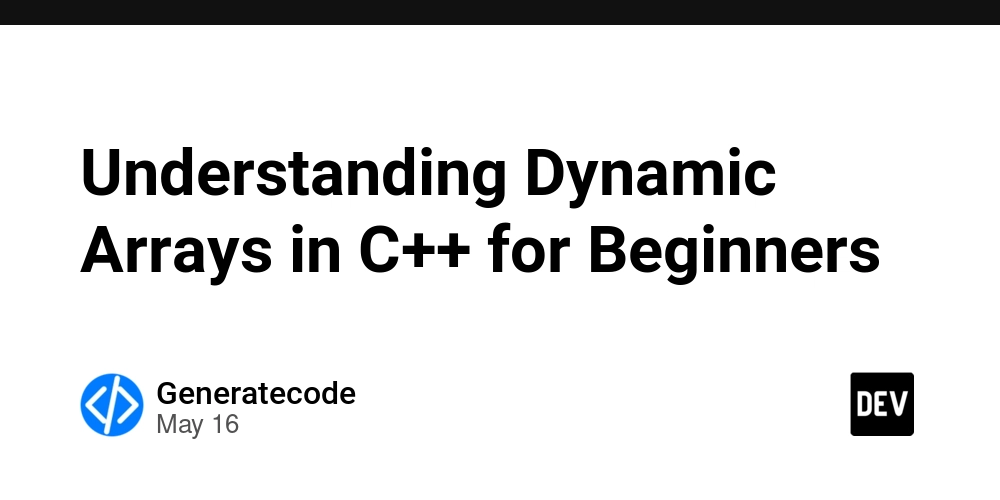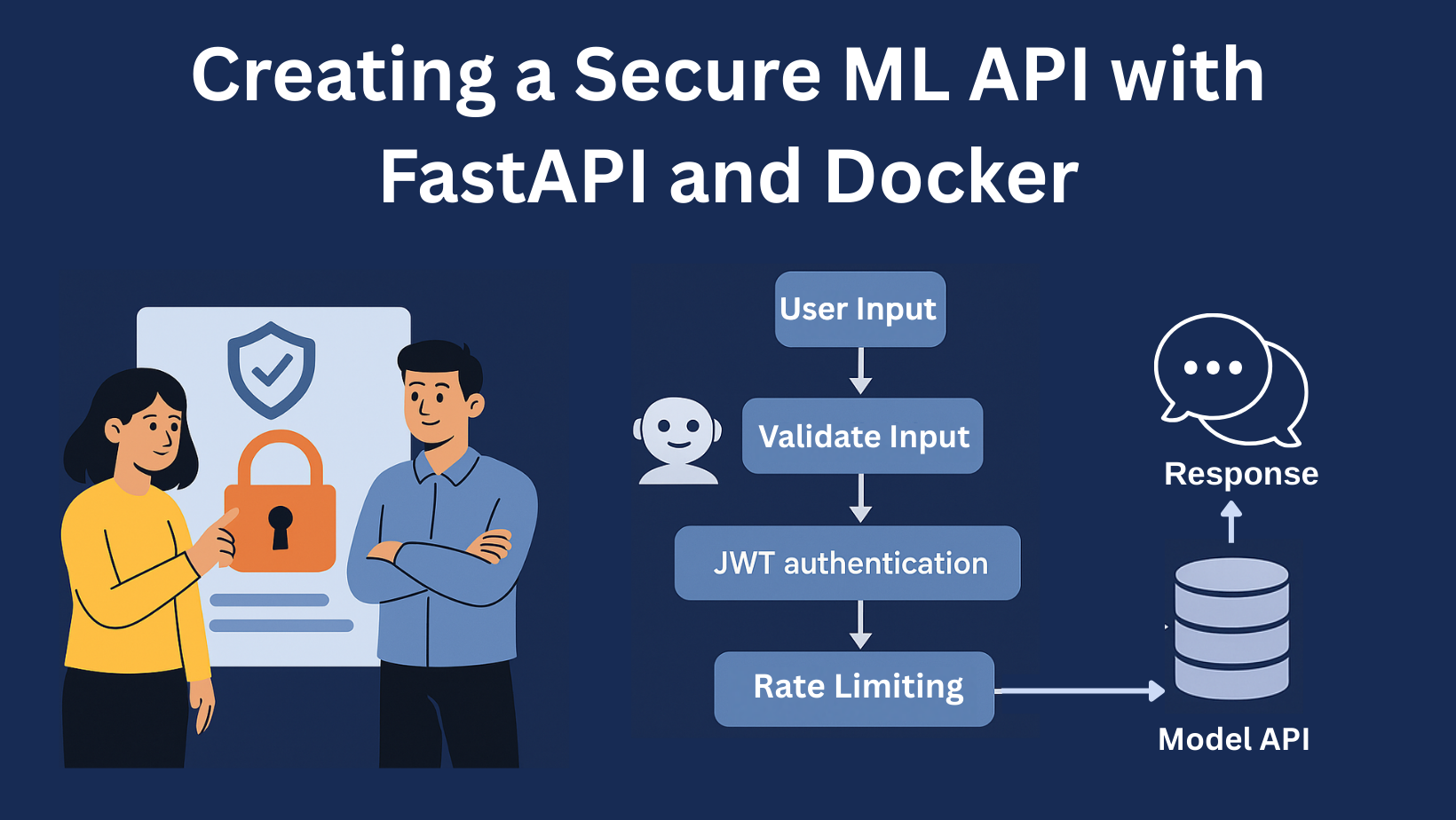Top 5 questions about family RESPs
If you have multiple kids or grandchildren, a family RESP can help you save for their college or university education and get valuable government grants. The post Top 5 questions about family RESPs appeared first on MoneySense.

If you’re saving up for a child’s post-secondary education, a registered education savings plan (RESP) can’t be beat as a savings tool. No other plan or account in Canada will give you access to thousands of dollars in government grants—free money for your kid’s future tuition and other educational expenses. RESPs also offer tax-deferred growth for your savings and investments. And, if you have more than one child or grandchild, you can benefit from the added flexibility of a family RESP.
What is a family RESP?
Canadians can choose from two types of RESPs: individual and family. Both are registered accounts, meaning that they’re registered with the federal government, and they allow your savings and investments to grow on a tax-sheltered basis.
Here are the key features you should know about for both types of RESPs:
- The lifetime RESP contribution limit per beneficiary (child) is $50,000.
- A beneficiary can have more than one RESP (for example, if a parent opens one and a grandparent opens one), however, the maximum contribution is still $50,000.
- The Canada Education Savings Grant (CESG) matches 20% of the first $2,500 in RESP contributions per year. That’s $500 in free money per year!
- If your family’s adjusted income is below a certain amount (for 2023, it was $106,717), you can also receive the “Additional CESG,” which adds up to $100 more, after you contribute your first $500 per year.
- The CESG’s lifetime maximum, including Additional CESG, is $7,200 per child.
- Low-income families also receive the Canada Learning Bond (CLB), with no personal contribution required, to a lifetime maximum of $2,000 per child.
- Families in British Columbia and Quebec have access to additional grants: $1,200 in British Columbia and up to $3,600 in Quebec. (Read more about these provincial RESP grants.)
- You won’t get a tax deduction for contributing to an RESP like you would with a registered retirement savings plan (RRSP), but your contributions won’t be taxed when withdrawn.
- Government grants and growth inside an RESP are taxed when withdrawn, but they’ll be taxed at the child’s marginal tax rate—which will likely be very low.
- You can turn an individual RESP into a family RESP anytime, as well as add and remove beneficiaries from the plan.
How to pay for school and have a life—a guide for students and parents
Now that we’ve covered RESP basics, let’s tackle five of the most common questions about family RESPs.
1. How are funds in a family RESP divided among beneficiaries?
Here’s where the flexibility of a family RESP comes into play. Outside of the CLB, government grants and the growth on the investments can be shared among the plan’s beneficiaries—and the amounts don’t have to be equal. So, if one child’s education costs more than another’s, you can divide the funds accordingly. You can also start using RESP funds for one child’s post-secondary education while another is still in grade school and collecting grant money. It’s nice to have that flexibility.
2. What if one or more beneficiaries do not use their RESP funds?
In a family RESP, one child’s unused funds can be allocated to another child’s education. If none of the beneficiaries attend school, you could keep the plan open in case they change their mind.
You could also transfer any unused income in the RESP to your or your partner’s RRSP as an Accumulated Income Payment (AIP). The transfer limit is $50,000, and you would have to return any government grants. Three other requirements to be aware of: You must have enough RRSP contribution room to make the transfer; the RESP must have been open for a minimum of 10 years; and the beneficiaries must be age 21 or older and not pursuing further education.
If you don’t intend to add any more beneficiaries to the plan, and you don’t need the RESP any longer, you could close it. If eligible, your original contributions will be withdrawn tax-free, but you will pay taxes on any investment gains—unless they’re transferred to your RRSP as an AIP.
3. Can you add another generation of beneficiaries to an existing family RESP?
The short answer is no. Within a family RESP, all beneficiaries must be related by blood or adoption, meaning only siblings can be added to a family RESP. This would prohibit a grandparent from adding their grandchildren to a family RESP that was previously opened for their children. Additionally, since an RESP can only be open for 35 years, adding a younger sibling to a plan initially opened for someone close to or at withdrawal age would significantly cut down the time the younger beneficiary has to accumulate savings before the RESP would be closed.
4. Is there a limit to the number of beneficiaries in a family RESP?
No, there is no limit on the number of beneficiaries for a family RESP, as long as beneficiaries are under age 21 when they’re added to the plan. (This age restriction doesn’t apply to individual RESPs.) You can add as many children to your family RESP as you want, but note that all beneficiaries in the plan must be family members, such as siblings and adopted children.
5. Are the same government incentives available for family RESPs?
Yes, the Canadian government provides the CESG and the CLB as incentives for contributing to family RESPs, as with other RESP plans. The same requirements to receive those grants apply (see above).
Get free MoneySense financial tips, news & advice in your inbox.
More about RESPs:
- You opened an RESP—now what?
- Is an RESP worth it? Yes, even if only for the government grants
- What is the RESP contribution deadline?
- Reducing risk in an RESP: How to invest as your kid approaches college or university
This article is sponsored.
This is a paid post that is informative but also may feature a client’s product or service. These posts are written, edited and produced by MoneySense with assigned freelancers and approved by the client.
The post Top 5 questions about family RESPs appeared first on MoneySense.














-Olekcii_Mach_Alamy.jpg?width=1280&auto=webp&quality=80&disable=upscale#)

















































